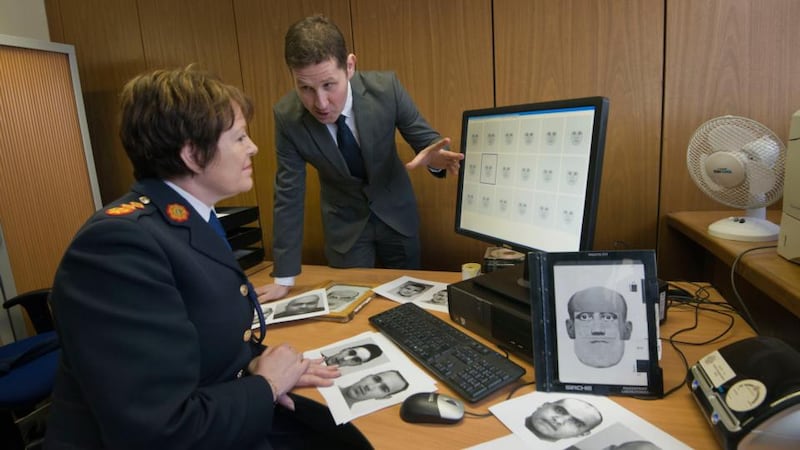The Garda has introduced new technology to make it easier for victims of crime or witnesses to identity suspects, with two men wanted by the force already identified using it.
According to police forces already using the new software, it has had a success rate of up to 74 per cent in identifying suspects sought by law enforcement agencies.
The EVO-Fit system bypasses the need for victims and eyewitnesses to recall from memory what a suspect looks like.

Instead, the technology taps into “recognition memory”, which is more subliminal and subtle but produces more accurate recall.
Those helping gardaí with investigations will be asked to select photos from a massive database that resemble the suspects they saw. An initial photo-fit is compiled on the basis of their selections.
The shapes and textures of a face are blended together to produce a crude facial image which in turn triggers the selection of images from other photo databases.
The process is then repeated several times before the most accurate depiction of the suspect evolves.
The system is being used by 16 police forces in the UK and was unveiled by Garda Commissioner Noirin O’Sullivan at Garda Headquarters, Phoenix Park, Dublin.
According to gardaí, traditional photo fit techniques used by Humberside Police had a suspect identification rate of 14 per cent. The EVO-Fit system saw that increase that to 74 per cent.
The technology was developed in the UK and has been used gardaí for three weeks.
The system is mobile so it can be brought to the home of a witness meaning that very young, elderly or injured witnesses or victims, and those who may not want to visit a Garda station, can participate.
There are over 60 databases of facial images for both male and female suspects covering all ethnic groups, aged brackets and other features.
Gardaí say the old system of witnesses and victims simply describing a suspect often produced limited results, particularly if they had been traumatised by what they saw or if a crime happened very quickly or during hours of darkness.
Additionally, the fact every feature of a suspect had to be recalled including eyes, eyebrows, nose, and mouth, meant the process often failed to aid the investigation.
Under the new system, in order to trigger a person’s recognition memory they will be asked to recall not just how the suspect looked but also their impressions of their character or personality.
Six gardaí have been trained to use the system by Dr Charlie Frowd of the University of Winchester in the UK who developed the software. The trained Garda personnel are based in the photographic section at Garda HQ.
Gardaí across the country can contact the Dublin-based team and request their services to aid an inquiry. The Garda said any such request will be dealt with within 24 hours.









